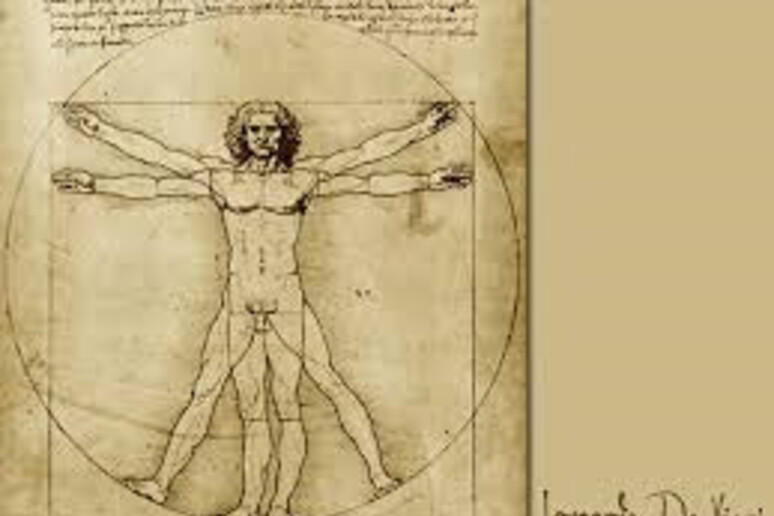(refiling with added code).
(ANSA) Rome, June 8 - Italian geographers said Tuesday they believe they may have found the oldest extant map of the world engraved on an ostrich egg, possibly by Leonardo da Vinci.
The map, evidently dating to the start of the 16th century, contains the first representation of north America as two small islands, according to research published on The Portolan magazine presented in Rome by the Italian Geographic Society.
If the authenticity of the map is confirmed "it would indicate that the circulation of geographical knowledge was very precocious and widespread in Europe at the start of the 16th century," said Claudio Cerreti, Reader in Geography at the University of Roma Tre who was presenting the discovery together with the Belgian author of the article, Stefaan Missinne.
"The contents of the map are extraordinary," said another expert at the presentation, Leonardo Rombai, Reader in Geography at Florence University.
"This little globe is extraordinary in its design, created with great artistic care that goes beyond cartography".
The origins of the map remain a mystery, however. According to Missinne it was created in 1504 and probably was the model for the copper Lenox world map created in 1510 that until now was believed to be the oldest existing world map depicting the Americas.
Missinne speculates the map might have been engraved by Leonardo or by one of his pupils.
ALL RIGHTS RESERVED © Copyright ANSA











